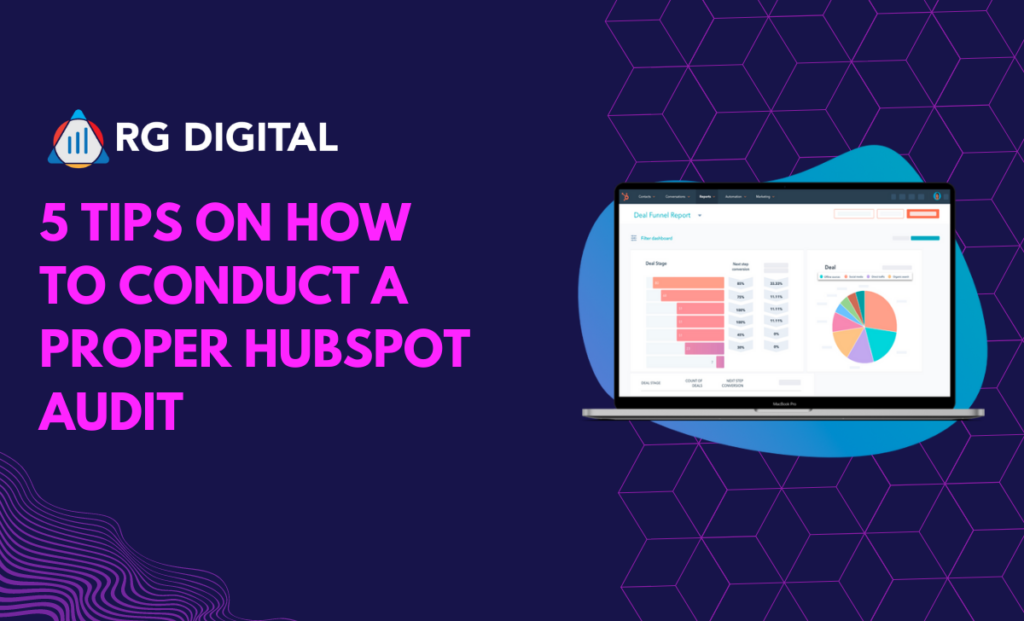
HubSpot audits are important in ensuring that your company is using the system as effectively as possible. HubsSpot audits can be long and can get quite complicated. The goal of conducting a HubSpot audit is to make sure that every stakeholder involved has a general overview of each and every element inside your HubSpot instance.
There are no rules on how you can conduct a thorough HubSpot audit inside your company. However, since I have done quite a few ranging from a wide array of industries, I would like to share some tips.
One question company owners ask me is how often should you conduct an audit of your CRM?
When To Conduct An Initial HubSpot Audit Of Your Instance
Assuming that your company is already up and running inside HubSpot there are a few situations that would trigger the need for a full HubSpot audit:
- When your team has done too many changes working in silos without a singular changelog.
- The sales management team wants to change the core sales process and update all of the dispositions
- Time based audit that should be conducted at least once a year in order to update all of your internal company documents.
Here are some of the tips that you should implement to create a successful HubSpot audit.
Tip 1: Create a HubSpot Property Audit Ledger For The Company
The first thing you should do is create a ledger and note down all the properties for every object type (or at least contact and deal objects).
You can download all properties for various objects (Contacts, Deals etc.) from your settings.
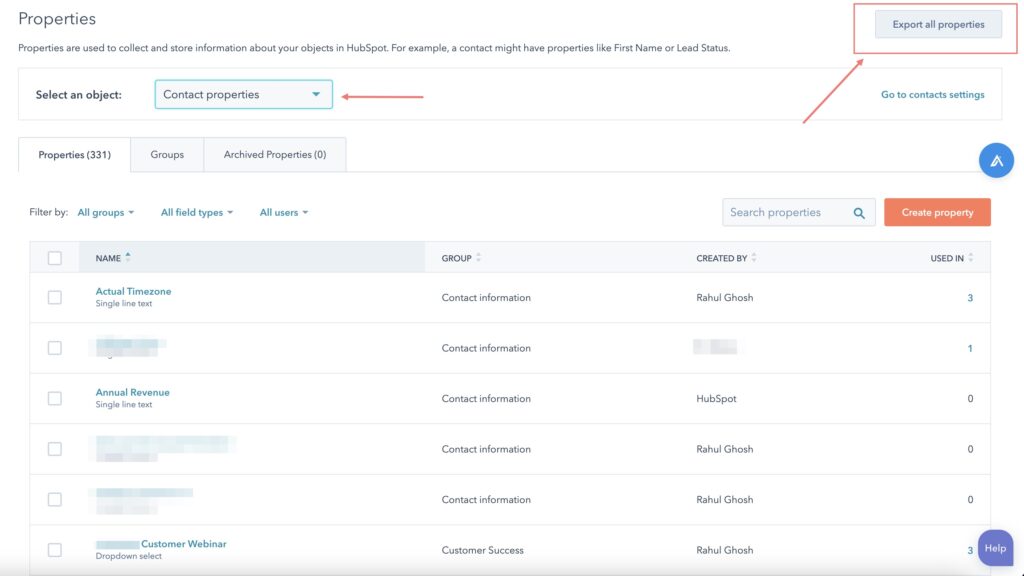
Once your download is complete start auditing each and every property. Be sure to add a notes column to keep track.
If you have been using HubSpot for a while you while quickly notice that there are properties that are redundant or old properties that are not being used.
Mark these properties on your audit so that you can quickly delete them from your CRM. If you need to move certain values from old properties to new ones you can use HubSpot workflows to achieve it quite easily. Build these workflows out so that your property is not populated for any contact before deleting them from HubSpot.
Once your audit ledger is complete add descriptions for every property and start grouping them.
Contacts can be classified under various contact groups. You can re-arrange the properties under proper groups. These contact groups can further define how the property views appear for every contact inside the CRM.
A common best practice is to define the contact group every property falls under. Brainstorm with your team to find out if you can better bucket properties under specific contact groups.
Audit HubSpot Marketing Contacts Inside Your CRM (Including Marketing Contact Workflows)
HubSpot uses marketing contacts to determine how many contacts you can actively use inside your Marketing Hub.
The concept of marketing contact can be a bit confusing to those who have been using HubSpot for a while.
Basically, you are only charged for the total number of active contacts you will market towards rather than all contacts in your CRM.
This means that you can easily upload cold prospecting lists inside your HubSpot CRM without having to worry about contact counts. Usually the number of contacts supported as part of the CRM is way higher than what most companies will ever use.
The problem arises when you loose track of which lists or contacts are marketing contacts and if you are accidentally marking contacts as marketing contacts through a hidden workflow.
During the HubSpot audit you should definitely do a deep dive in how contacts are becoming marketing & non-marketing contact.
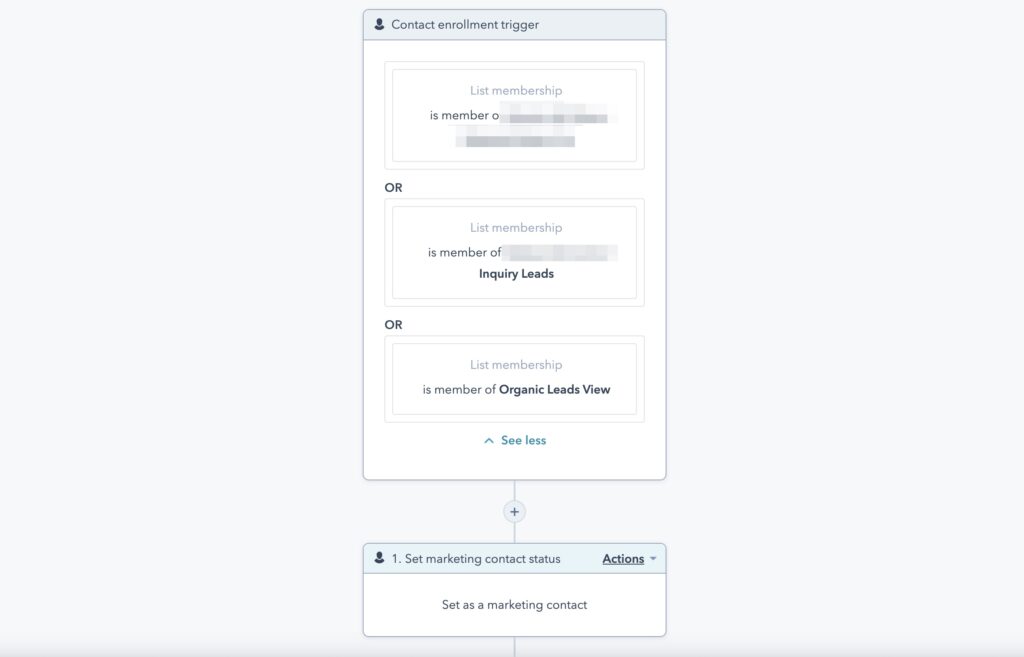
Doing this exercise will help you identify if there are contacts that you can move to non-marketing and save some space for your HubSpot Pro contact limit.
Tip 3: HubSpot Reverse Dashboard Audit – Use This Framework
This is a strategy that we use with all of our clients when auditing the reporting side of HubSpot. One of the most common mistakes I see companies making is that they start this process by going into the reports tab and noting down what each report is all about.
This approach is not only time consuming but it actually does not serve the purpose of the audit. Instead you should start with the dashboard and work backwards.
Step 1: What Metrics Inside HubSpot Matter Workshop
The first step is to conduct a meeting with key stakeholders in your company and find out what metrics actually matter when it comes to reporting.
Write all of them down in a whiteboard. When the list is complete your goal is to identify which reports and dashboards allow you to get this number.
Step 2: Data Quality Alignment Audit – This is huge
Once you know the metrics that really matter to you and your team the next step is to agree how the data is being generated inside your HubSpot. This is a key part of any HubSpot audit.
The goal here is to ensure that there have not been any major changes to any sales or marketing process that would affect the data negatively. If you end up finding discrepancies then that would require your team to fix that particular report to show the correct data in alignment with the new sales process.
Data quality is key when it comes to reporting inside HubSpot. Without getting the right data from the right sources your team can end up having the wrong numbers which would impact decision making inside the organization.
Step 3: Restructuring The HubSpot Reports Into New & Existing Dashboards
The final step to complete your audit of reporting and analytics inside HubSpot is to make sure that the Dashboards are arranged properly based on consensus. You might encounter the need to move in new reports or consolidate other reports into new dashboards.
One quick tip that we have seen a lot of companies use is grouping the relevant reports into folders and naming them after the dashboards.
Tip 4: Audit All External Connectors To HubSpot CRM – Create Flowcharts For The Operations Team
HubSpot CRM is often connected with a bunch of external application feeding data or updating certain properties.
After a while it can be quite overwhelming to understand how data is flowing into HubSpot without a proper flowchart.
This is why it’s crucial that you audit all of your exernal workflows and make sure you have a flowchart that represents each one of them.
Keep these flowcharts in a dedicated folder inside your company manual. You can also create a dashboard inside HubSpot and add a text box to share links to each of these charts.
While conducting the audit of external connectors you might often encounter that some of the connectors are obsolete and you don’t use them anymore. In that case makes sure you remove the API access to HubSpot.
Teams often use Zapier to create logics for data coming into HubSpot. If you are using Zapier to send out a bunch of data we recommend that you create a dedicated document for all of the zaps talking to HubSpot and keep it updated moving forward.
Tip 5: Deduplication Audit Of HubSpot Contacts
The final tip we have for anyone looking to do an extensive audit of your HubSpot CRM is having a comprehensive plan dealing with Deduplication.
Before you start the process of bulk merging contacts its important to quickly do an audit of every workflow and find out which workflows have the criteria of running again when contacts are merged.
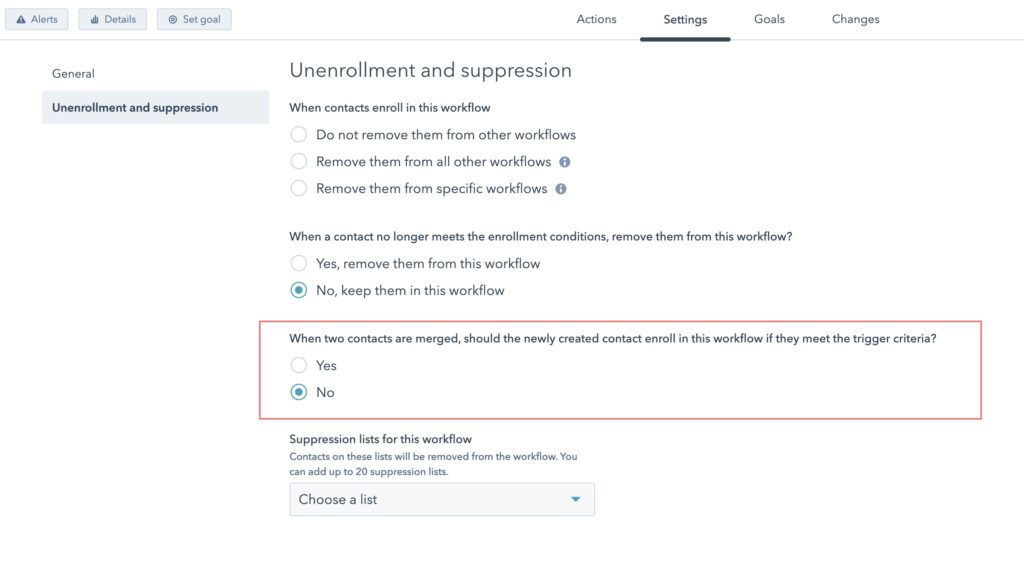
This is important because you don’t want any property to change or any other things to trigger when leads are merged to prevent further complication inside your HubSpot CRM.
Temporarily turn off this feature for all workflows that you identify unless you are absolutely sure that re-running the workflow on the merged contact won’t affect anything negatively.
We recommend a software called InCycle where you can find and merge contacts based on a number of properties as well as bulk cleanse fields like phone number and more.
When your deduplication audit is complete present it to the team and let them know exactly which properties are being used as a reference with real examples of how the bulk merge will work.
Once everyone is aligned you can go ahead and merge the contacts inside HubSpot.
Final Thoughts
Auditing a CRM like HubSpot can seem daunting when you have tons of data and properties to go over. However, the benefits outweigh the pain of audits every single time. An efficient CRM system that is perfectly aligned between sales and marketing will allow your company to scale.

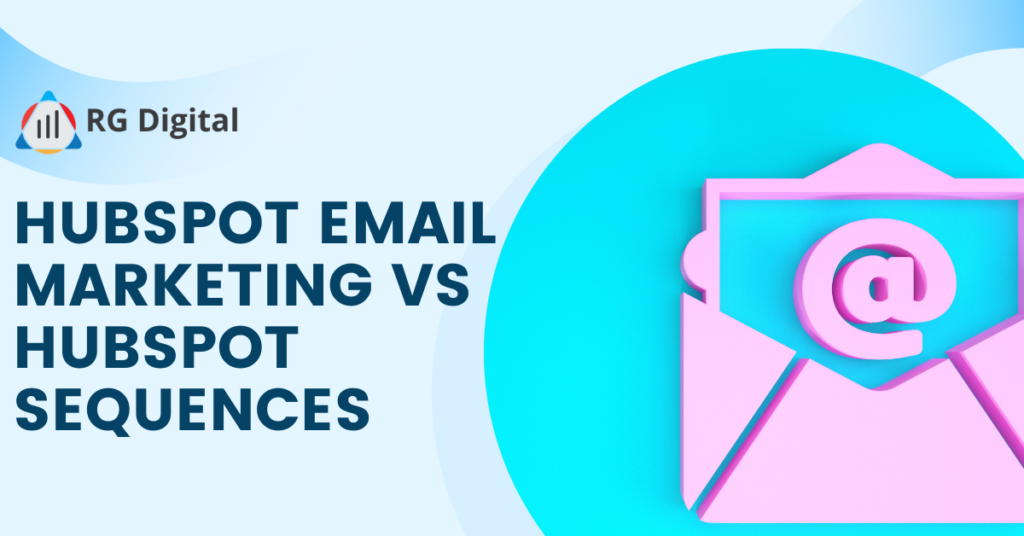


0 Comments